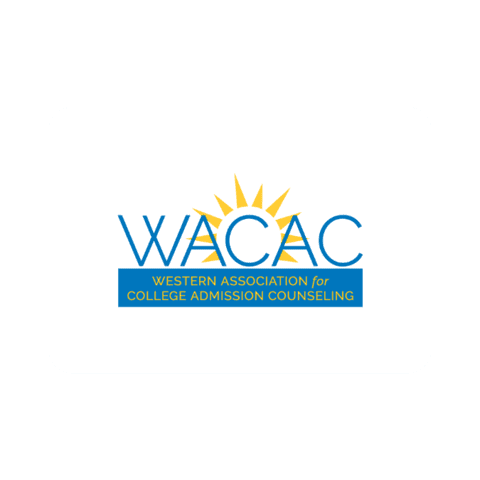College Admission Trends
As we begin to wind up the 2018-19 college admission cycle, our seniors anxiously await their college application outcomes. Meanwhile, we have begun to think ahead to the next cycle of college admissions. Each year the National Association for College Admission Counseling (NACAC) produces an insightful report on the State of College Admission. Let’s dig into the college admission trends we observe in 2019.
The Report for 2018, released in November 2018, highlighted a number of key trends drawn from admission data, mentioned below that we have also observed in recent years. If you are a high school student or the parent of a high school student preparing to apply in the Fall of 2019, you might find it helpful to keep in mind these recent college admission trends.
Aggregate Statistics
Increase in number of colleges to which students apply.
With fiercer competition, students are applying to a greater number of college of varying competitiveness. Online college application platforms like the Common App and the Coalition make it much easier and quicker for students to apply to several colleges at once.
Admission rates have remained relatively stable over past few years.
Admission rates dropped slightly in 2016 to 65.4 percent (equivalent to almost two thirds of freshman acceptance) from 66.1 percent the year before. (Note that these are the most recent admission rates the Department of Education has reported to date.) Overall, however, they have remained relatively stable over the past few years.
Decline in average yield rate for freshmen continues.
The yield rate in college admission terms refers to the percent of students who choose to enroll in a college, after receiving an admission letter. The yield rate has dropped, meaning fewer students are accepting offers than before. This is more than likely because students are applying to a lot more colleges.
International student acceptance rate is low.
It’s more difficult for international students to gain admission into US colleges than domestic applicants. For the Fall of 2017 the admit rate for international students was 30 percent, compared to 50 percent for US students.
Time Frame Trends
Early Decision (ED) and Early Action (EA) activity increases.
Another common strategy students are taking to increase their chances of admission is to apply early, as early applications tend to have a higher admit rate than regular decision. Between 2016 and 2017, the early decision and early action rates increased by 4 percent and 10 percent respectively.
Wait list activity increases and wait list acceptance remains low.
From our own experience, we’ve seen an increase in the number of our students receiving wait-list letters. So, this comes as no surprise. In 2017, the number of colleges using a wait list fell at 40 percent; 25 percent of those students ultimately gained admission. With this in mind, Empowerly developed strategies for their students who are on the wait list, to improve their chances of acceptance.
Top Factors
Admission Offices identify grades, high school curriculum, and test scores as “top factors for first-time freshmen.”
Grades, the classes you take and your standardized testing scores are the most important components of your college application. These weigh more heavily than other factors like the short answer essay, extracurricular activities or your teacher recommendation letters.
“Top Factor” for international students is English proficiency exam scores.
The most important factor for international applicants is the TOEFL or equivalent English proficiency exams.
Counseling Struggles
With regards to school counseling, the report paints a bit of a dim picture. If you had anticipated your school counselor could dedicate time to guide you through the college admission process, you’ll be disappointed to hear that its a struggle for many counselors, given the large number of students they are responsible for.
Student-to-Counselor ratio is high.
Each public school counselor (including elementary and secondary) was responsible for 470 students, on average in 2017-18. When we first reported this back in 2015-6, this number was lower at 1:350.
Time spent on post-secondary counseling is low.
On average, public school counselors spent 21 percent of their time on postsecondary counseling in 2017-18 (approximately 8.5 hours a week), while their private school counterparts focused more time, 47 percent or 19 hours a week, on college counseling.
As a result, students are looking more and more to independent college admission counselors to help them with their college applications. Empowerly can offer you this – personalized guidance every step of your educational journey. If you are interested in finding more about our services, sign up for a free consultation below.


